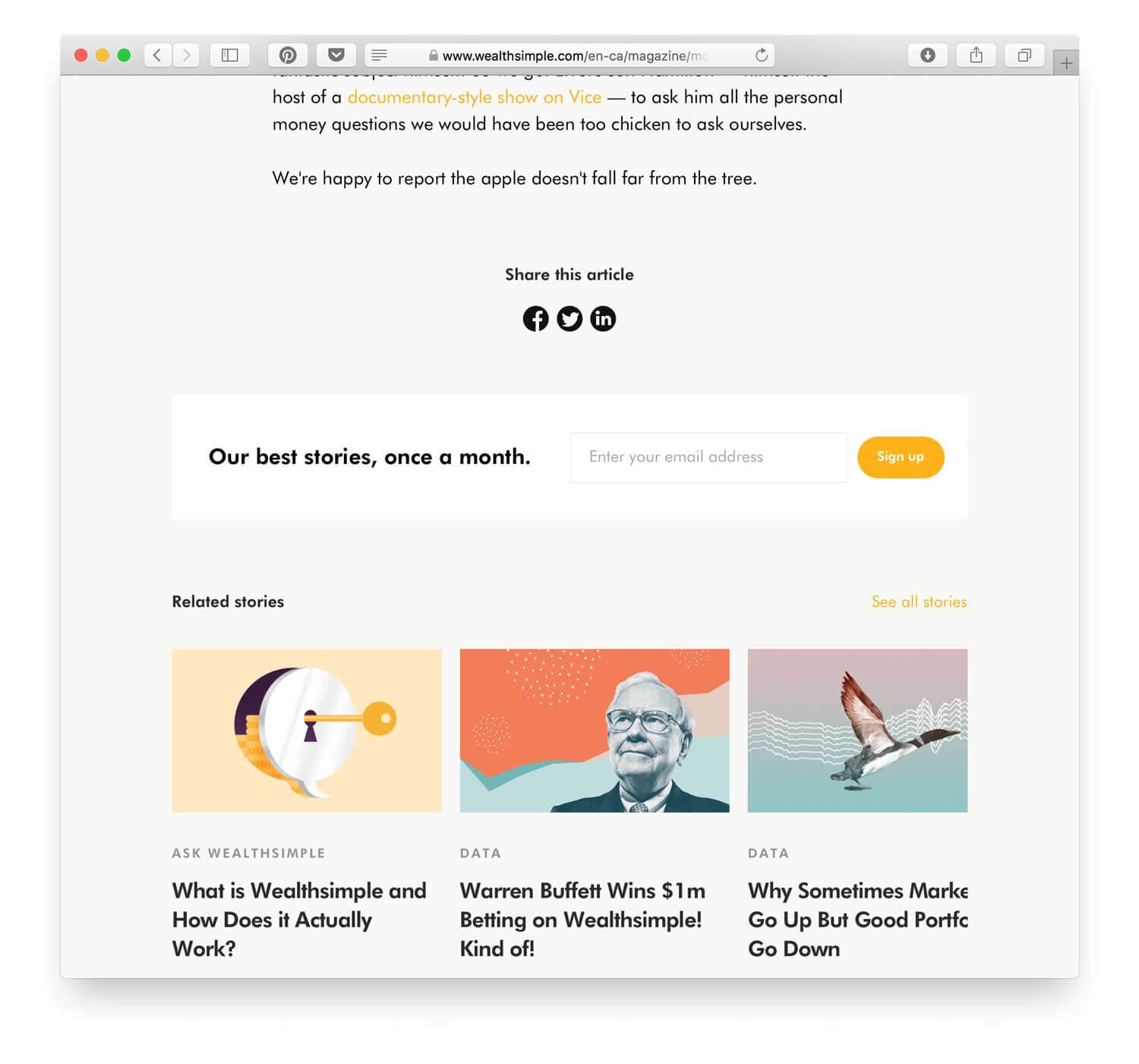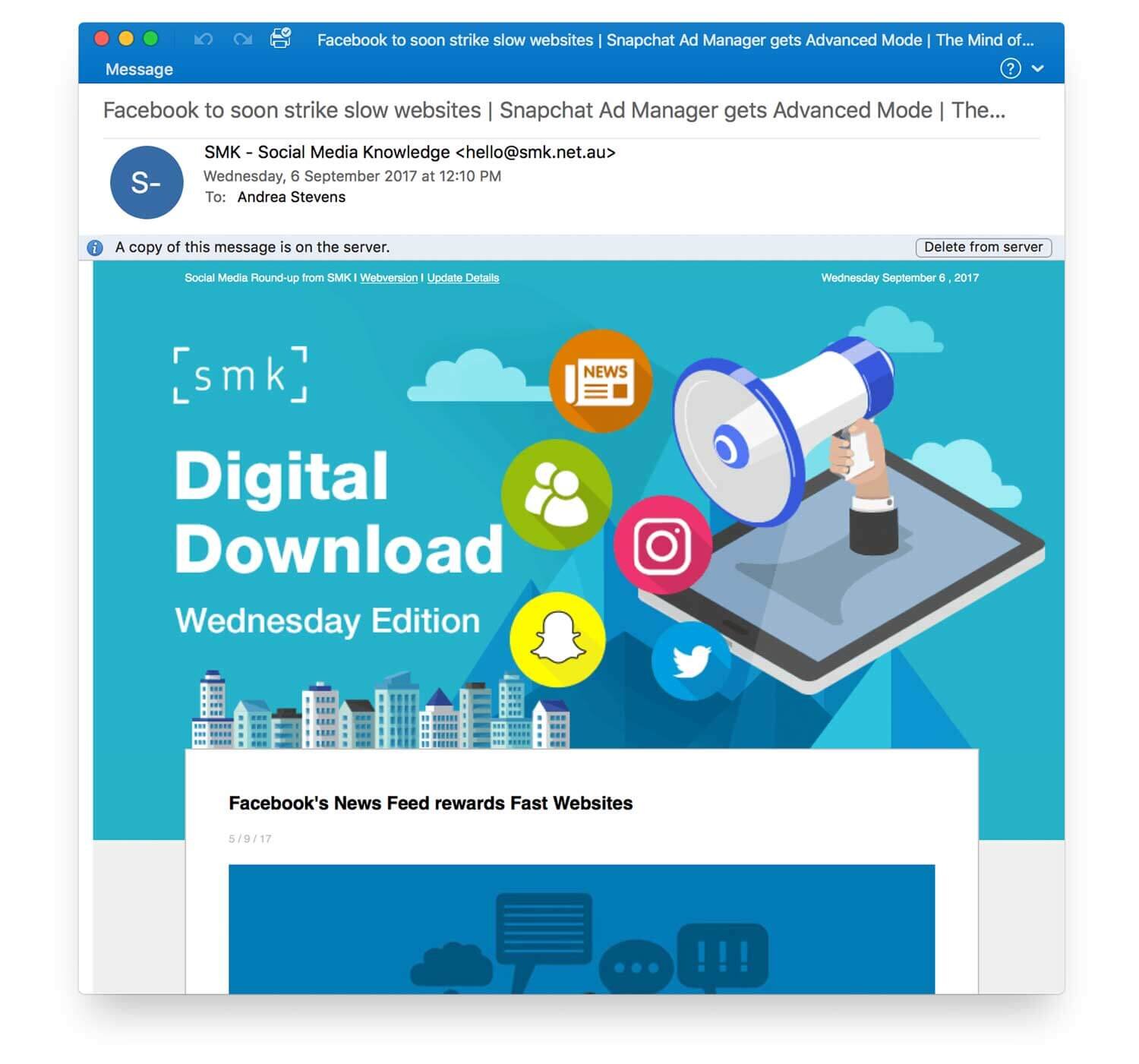Content for the customer journey
The customer journey – also called the sales funnel – is a framework for describing how a prospective customer converts from stranger to lead to convert. We use the framework to review how your content marketing efforts support this journey so that customers find you, engage with your content, email, call or sign up to your newsletter, and become a paying customer.
In this article, I explore some of the best ways to attract new customers with your content, build trust and confidence, and some best practice case studies.
1. Exploration
A prospective customer is in research mode and they search online to find a solution to a need. They are not yet aware of your product or service, but have their antennae up. If you distribute a strategic breadcrumb trail of content – the right information, in the right place – they'll find you.
For example, if this person was looking into content marketing solutions, questions at this early stage in their buyer journey might include:
What is content marketing?
Does content marketing generate leads or just exposure?
What is the difference between good and bad content?
‘How-to guides, blogs and infographics are great at answering category-level questions.’
Brafton is a leading content marketing company in the US, and walk the talk by investing in a solid content marketing programme of their own. They have published a useful series of e-books – category-level educational content and trend reports that capture audience attention at the very start of the customer journey.
2. Evaluation
At the evaluation stage, the prospect will build a shortlist of options. They compare and evaluate company A, B and C.
In our content marketing example, questions at the evaluation stage might include:
What is good v. great content?
What are our options for content creation?
Insource v. outsource – what are the pros and cons?
‘This is the stage at which you demonstrate your experience and expertise. Case studies and thought-leadership articles are ideal for building industry authority. They allow you to drill into the details of problems and solutions. People can see your approach and style of offering.’
For example, a legal firm specialising in employment law might publish articles about workplace contracts following a law change. A software company will publish their pricing plan and have a support area with ‘how to’ webinars.
How can you demonstrate your expertise and industry experience? And how can you answer any lingering questions or barriers to purchase?
One of my favourite business blogs is by the Seattle-based SEO software company Moz. They publish incredibly useful articles on all topics associated with SEO (search engine optimisation): content, keyword research, link building, etc etc. Moz co-founder Rand Fishkin has noted that, on average, people will engage with their content at least six times before signing up to trial their software.
To me, this is a great example of helping customers through education; demonstrating industry knowledge; building trust and engagement. Moz has a huge following in the industry, which is well-deserved and earned through posting regular, high-quality content to support various stages of the customer journey.
3. Conversion
By now, your prospective customer believes you can solve their problems, likes your approach, and is ready to engage in a big or small way. So embed your website with calls to action. You need to gently lead them to take the natural next step. You might invite them to subscribe to your monthly email, to book a demonstration, to email, to phone, to attend your next event. Look at every website page and analyse what is the natural next step to take the relationship to the next level.
‘By now, your prospective customer believes you can solve their problems, likes your approach, and is ready to engage in a big or small way.’
The US portfolio manager Wealthsimple run an innovative blog about investing and people's attitudes to money. Throughout their editorial content, they embed clear calls to action to generate leads and convert people into fans and subscribers.
In the example below, the end of the blog post has a set of social media share buttons followed by an invitation to subscribe to their email newsletter. After demonstrating the value they can add (through the blog article), they ask the audience to do something in return – share or sign up.
Note how well-worded the email call to action is: they describe the offer as ‘our best stories’; they state the frequency will be 'once a month'; they ask for minimal personal information in the form of email address only; and the call to action button is a simple 'sign up'. I would also add a privacy statement here to answer any further barriers to signing up. But the proposition is crystal clear and compelling. And if the potential customer is not quite ready to engage, they offer further reading on related topics. This is an elegant customer journey.
4. Support
It is often said that 80% of future sales come from 20% of your current customers. So investing in content to service and support this group is critical.
You can earn the right to stay in touch by creating helpful and useful content. You might publish a regular blog on industry trends and best practice, or send out a monthly email with offers and news.
‘Aim to add value over the long term to existing customers, and remember that this content will also have a place in the ‘exploration’ stage of the journey when you want to attract leads.’
The Social Media Knowledge email is a repository of breaking news about social media platform updates and trends. Delivered to my inbox three days a week, it is a source of valuable industry news. What information would your customers value in a regular email that you are uniquely placed to offer?
See how these four steps in the customer journey fit into the bigger content mapping picture in my article on Stuff.






